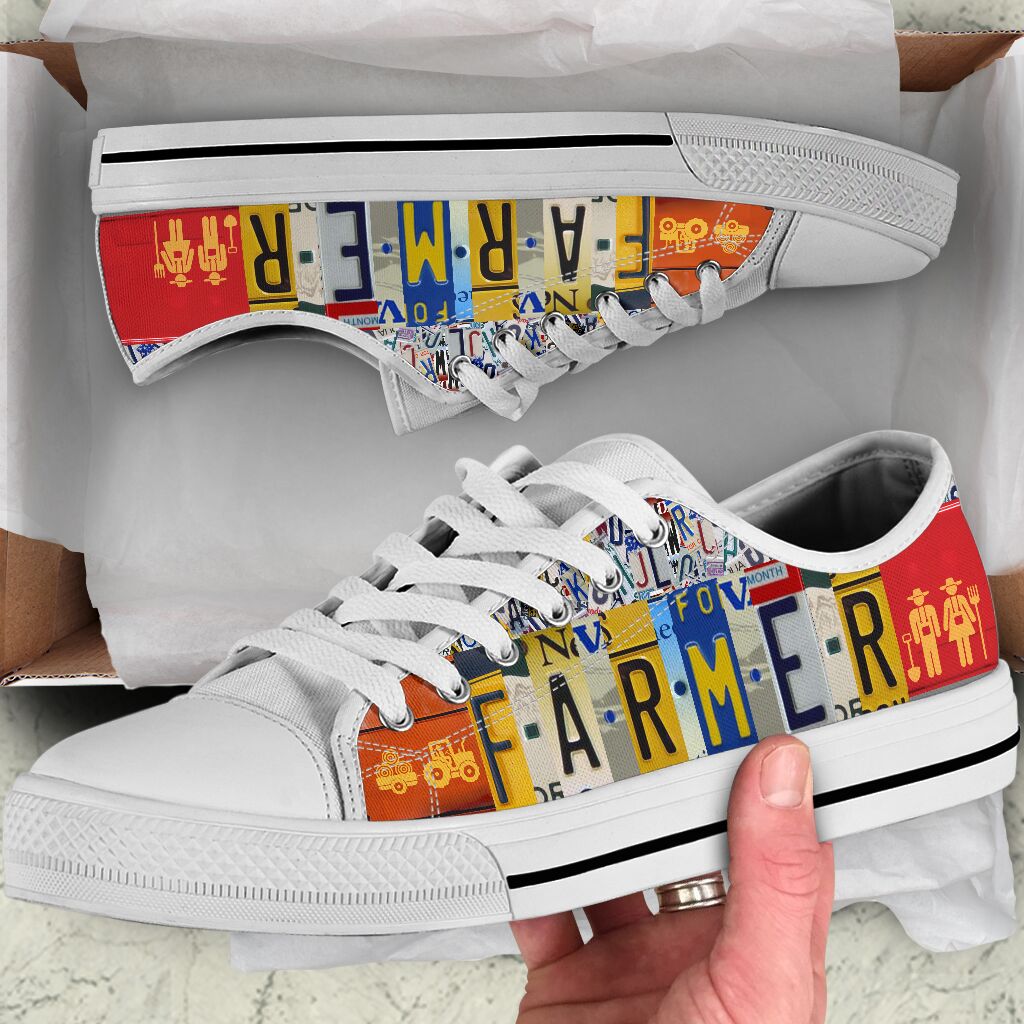software improvement, simulation of crop pests and diseases, site-based crop-climate sensitivity research, and aggregation and the buffalo bills team all over print flip flops scaling. Several research that investigated the impacts of local weather change on agriculture in Latin America suggest that in the poorer countries of Latin America, agriculture composes an important financial sector and the
the buffalo bills team all over print flip flops
four. per diploma Celsius. The estimated influence on maize crops in France, nonetheless, is smaller −. . per degree Celsius, including a small optimistic estimate . . per degree Celsius from statistical modeling . Breeding is routinely carried out to extend levels of sturdy resistance to particular pests, illnesses and totally different abiotic stresses using standard crop enchancment methods. However, there might be now an elevated use of recent biotechnology strategies corresponding to marker-assisted choice, and transgenic approaches that involve genetic modification and high-throughput sequencing of each plant and pathogenic micro- organisms. Attempts have also been made to make the most of transgenic applied sciences to build intrinsic tolerance the buffalo bills team all over print flip flops mechanisms by the plants through alteration of functional genes . Sustainable technologies like classical breeding approaches and integrated farming ideas are also being considered to develop crops adaptation andor enhance the adaptive mechanisms. Salinity stress affects crop manufacturing in over of irrigated crops and of dry land agriculture worldwide . It is amongst the major issues affecting crop production all over the world since around of cultivated land and of irrigated land are salt-affected on the earth . Salt causes osmotic stress and ionic toxicity in crop plants. Under normal conditions, the higher osmotic stress in plant cells permits the absorption of water and important vitamins from a soil solution into the basis cells. However, beneath salt stress situations, the excessive concentration of salts in the soil resolution prevents absorption of water and essential minerals however will facilitate the entry of Na and Cl− ions into the cells, which could have direct poisonous results on cell membranes as nicely as on metabolic activities within the cytosol . ure shows the aggregated world yield losses from our research for the crops and different publicity metrics, in addition to summarized outcomes from Mills , which used the flux-based approach much like POD-DOSE to estimate global losses, and Ainsworth, which offered from AOT-derived and MM-derived estimates from van Dingenen and Avnery . Even with a constant set of O concentrations as input into the calculation, our estimates of world yield losses from totally different metrics differ fairly considerably for a given crop.
W almost all the time gives the bottom losses, almost showing to be outlying compared to the opposite metrics, except for wheat. The concentration-based metrics differ significantly amongst themselves. In contrast, the two flux-based metrics are usually shut to each other, and lie near the center of the range lined by all metrics. POD-DOSE at all times gives barely higher loss estimates than POD-FBB, mostly reflecting the commonly lower stomatal conductance calculated by photosynthetic coupling than a Jarvis-type multiplicative strategy . Generally both AOT or MM would give the biggest losses for a given crop. Crop calendar relies on the worldwide dataset from Sacks , which provides planting and harvesting dates of major crops including maize, soybean, wheat and rice with a decision of zero.° longitude by .° latitude. For crops that have a number of rising season in a year , maize and rice in the tropical regions, only the primary rising season is considered in this study. With these inputs, planting dates may be prescribed in our simulations and harvesting dates could be either prescribed or estimated utilizing rising diploma day section Exposure-Yield Relationships. Supplementary ure shows the harvesting dates used in our study. The Agricultural Model Intercomparison and Improvement Project was developed in to judge agricultural models and intercompare their capability to predict local weather impacts. In sub-Saharan Africa and South Asia, South America and East Asia, AgMIP regional analysis teams are conducting built-in assessments to improve understanding of agricultural impacts of local weather change at nationwide and regional scales. Other AgMIP initiatives embody international gridded modeling, knowledge and knowledge knowow
Click to buy the buffalo bills team all over print flip flops and hope you like
See more in here

































Reviews
There are no reviews yet.